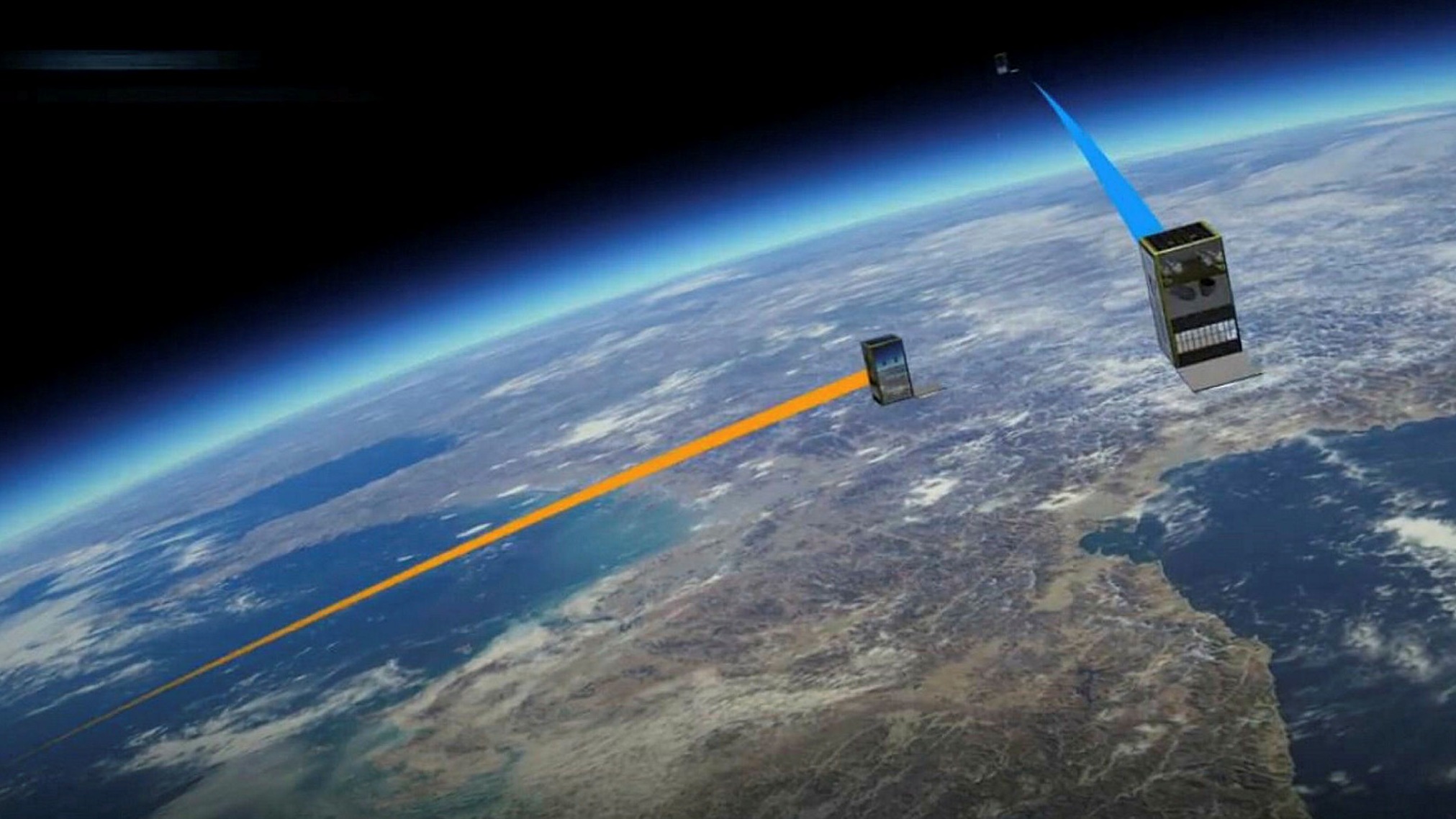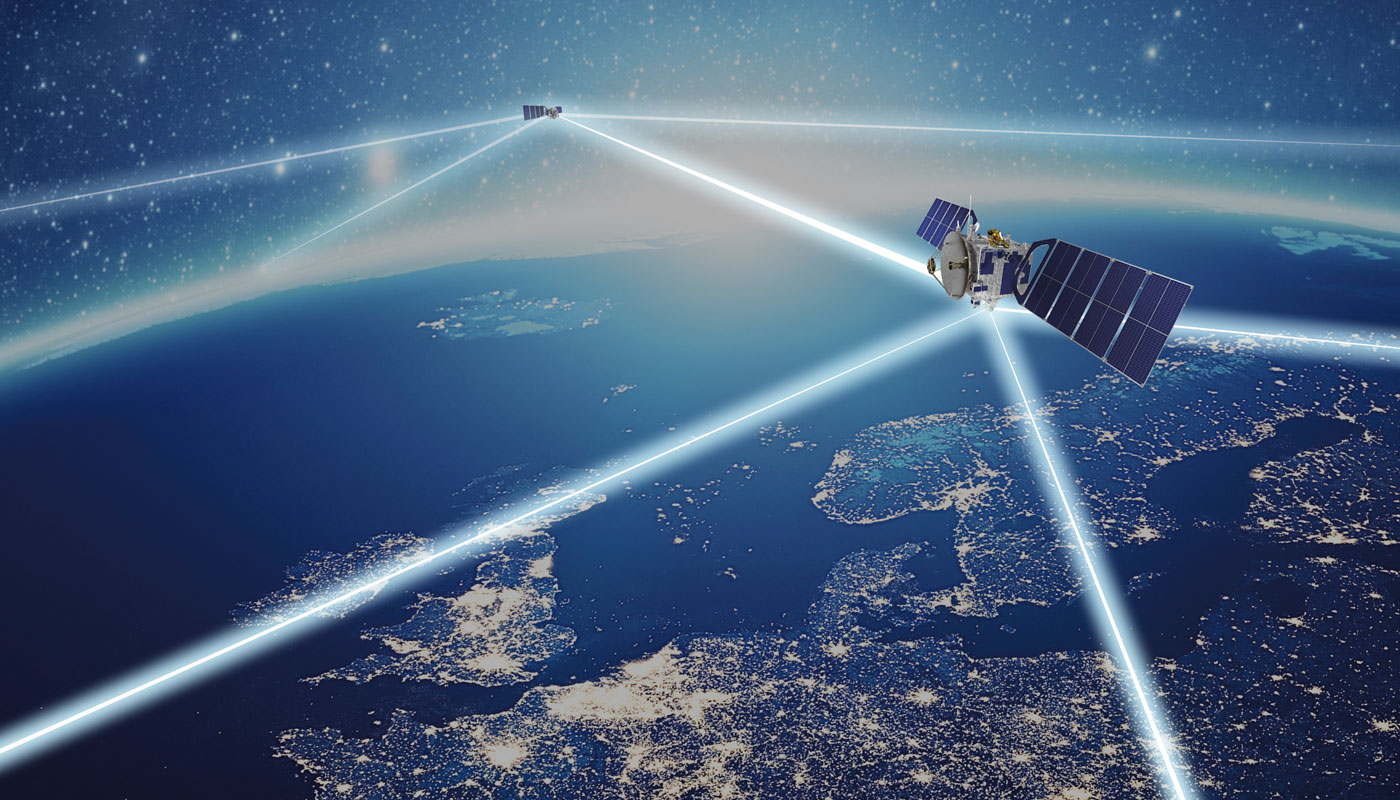
A low orbit will have an orbital period of roughly 100 minutes and the Earth will rotate around its polar axis about 25° between successive orbits. To get (nearly) global coverage with a low orbit, a polar orbit is used. The Earth observation satellites of UAE, DubaiSat-1 & DubaiSat-2 are also placed in Low Earth Orbits (LEO) orbits and providing satellite imagery of various parts of the Earth. The Proba-1, Proba-2 and SMOS spacecraft of European Space Agency are observing the Earth from an altitude of about 700 km (430 mi). The Earth observation satellites ERS-1, ERS-2 and Envisat of European Space Agency as well as the MetOp spacecraft of EUMETSAT are all operated at altitudes of about 800 km (500 mi). Lower orbits have significant air-drag, which makes frequent orbit reboost maneuvers necessary. Most orbit at altitudes above 500 to 600 kilometers (310 to 370 mi). Most Earth observation satellites carry instruments that should be operated at a relatively low altitude. Īs of 2008, more than 150 Earth observation satellites were in orbit, recording data with both passive and active sensors and acquiring more than 10 terabits of data daily. The TIROS-1 spacecraft, launched on Apas part of NASA's Television Infrared Observation Satellite (TIROS) program, sent back the first television footage of weather patterns to be taken from space. The information sent back from its radiation detector led to the discovery of the Earth's Van Allen radiation belts. NASA launched the first American satellite, Explorer 1, on January 31, 1958. Sputnik 1 sent back radio signals, which scientists used to study the ionosphere.


The first occurrence of satellite remote sensing can be dated to the launch of the first artificial satellite, Sputnik 1, by the Soviet Union on October 4, 1957. The most common type are Earth imaging satellites, that take satellite images, analogous to aerial photographs some EO satellites may perform remote sensing without forming pictures, such as in GNSS radio occultation. An Earth observation satellite or Earth remote sensing satellite is a satellite used or designed for Earth observation (EO) from orbit, including spy satellites and similar ones intended for non-military uses such as environmental monitoring, meteorology, cartography and others.


 0 kommentar(er)
0 kommentar(er)
